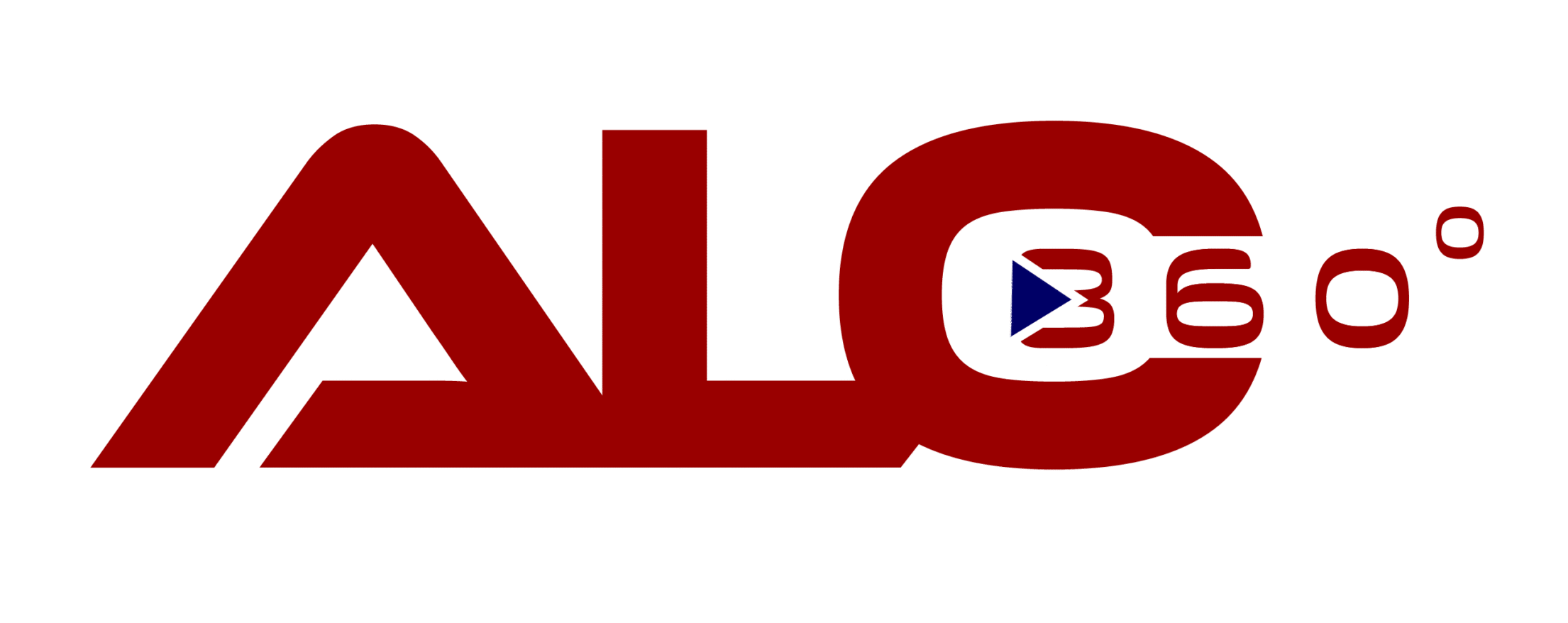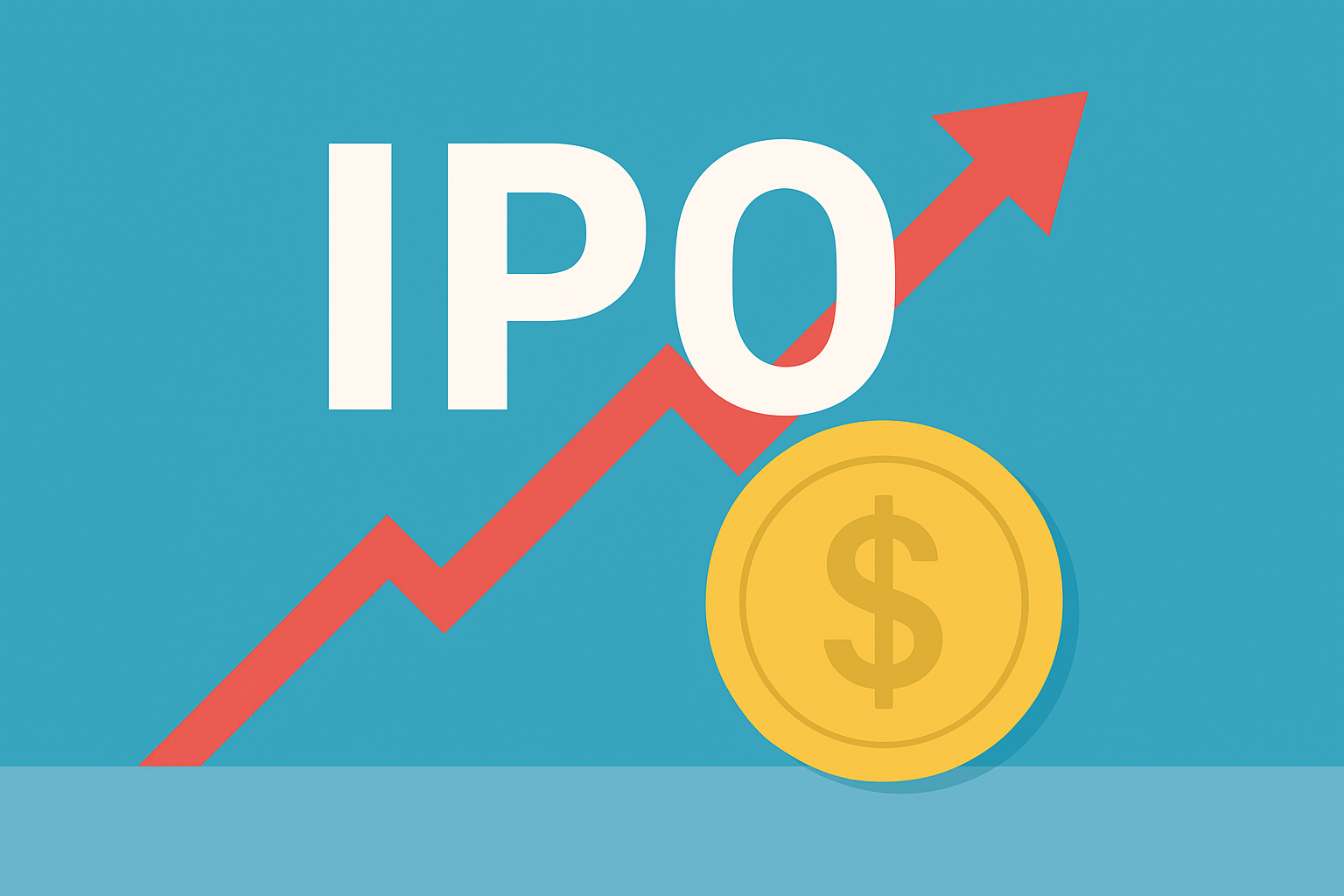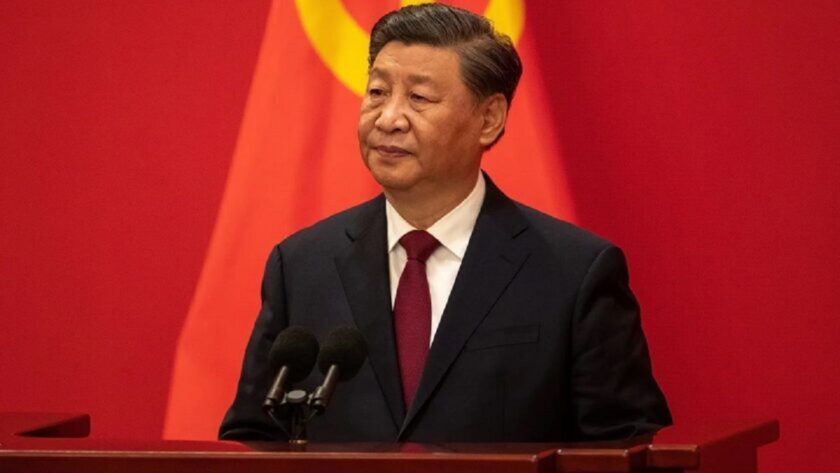Earlier in 2025, the IPO market began showing signs of a strong comeback after years of weakness. By late September, U.S. companies had already raised tens of billions of dollars across more than 200 listings, marking the best performance since 2021.
Investors and issuers had grown optimistic. Strong demand, favorable valuations, and high-profile debuts in sectors like technology and AI helped fuel momentum. Many believed the window would remain open through the fall months.
Shutdown Hits SEC Operations Hard
Then the government shutdown began, forcing the Securities and Exchange Commission to scale back nonessential operations. Over 90 percent of SEC staff were furloughed, leaving only a small team to oversee critical tasks. As a result, IPO review work has effectively halted.
Under normal circumstances, companies submit registration statements to the SEC, which reviews them, issues comments, and ensures that disclosures are accurate. During the shutdown, that review process has stopped. This delay is problematic because companies cannot move forward with listings until the SEC completes its review.
Workarounds Carry Risks
To bypass the shutdown delays, some companies are exploring a rarely used option that allows them to declare their registration effective without SEC approval, provided they set a share price at least 20 days in advance.
However, using that shortcut comes with significant risks. Without full SEC oversight, there is less vetting of disclosures. Investors may view the move with skepticism, which could weaken valuations or reduce demand. Some companies may prefer to delay their IPO rather than risk poor market reception.
Fallout: Delays, Pullbacks, and Pipeline Disruption
Already, deals that were close to launching have been pushed back. Some issuers are pausing marketing or underwriting efforts until regulatory clarity returns. Banks and exchanges may also delay listing events to avoid being caught in uncertainty.
This disruption hits especially hard in October, which is traditionally among the busiest months for IPOs. If the shutdown continues into November or December, it could erase much of the late-season strength the IPO market had hoped to capture.
Broader Implications for Market Confidence
Beyond delays, the shutdown casts a shadow over U.S. capital markets. If regulators cannot perform their core functions, investors may lose confidence in the integrity and stability of the system. That erosion of trust could affect not only IPOs but also broader market activity.
Moreover, companies may reconsider their listing plans or choose to go public in other countries with more stable regulatory environments. Such a shift could reduce the U.S. share of global IPO volume in the long run.
What Needs to Happen
First, Congress must resolve the budget impasse so regulators can return to full operations. Once the SEC resumes normal activities, backlogged reviews must clear quickly to prevent further market damage.
Second, issuers may need to reevaluate their IPO pipelines, adjusting launch dates or pricing strategies to account for increased regulatory risk.
Third, financial advisors and underwriters should guide their clients carefully about disclosure, timing, and investor sentiment. Companies taking shortcuts could face reputational damage later.
Conclusion
The U.S. government shutdown threatens to derail a promising resurgence in IPOs. With the SEC review process stalled and companies facing uncertainty, the window for new listings may close faster than expected. Whether the IPO rally survives depends heavily on how quickly the shutdown ends and how soon confidence returns to the market.
Bonus Read: Charlie Javice Sentenced to 7 Years for $175M Fraud in Frank Sale




One thought on “Government Shutdown Threatens to Stall IPO Market Recovery”